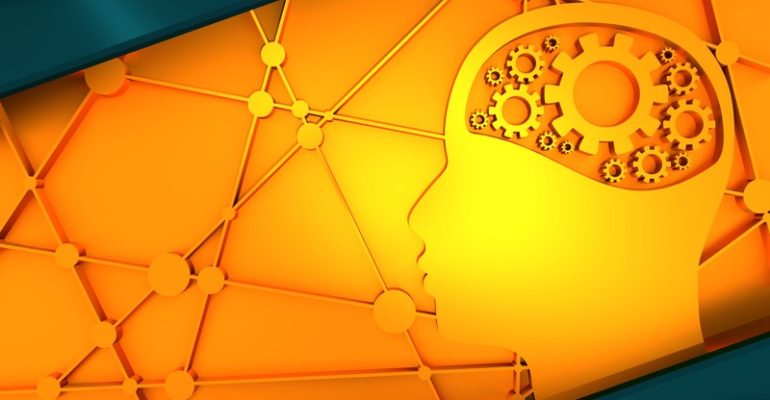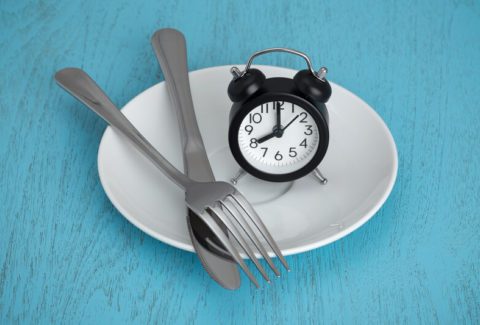Conscious-Unconscious Alignment

Conscious-Unconscious Alignment
Knowing is not enough, we must do. Doing is not enough we must do efficiently. To do efficiently requires understanding. Wisdom is how we implement our understanding. And Ascertainment is how we implement our wisdom. To ascertain is to bypass incessant thinking, the proverbial “mental chatter”; and to work with insightful thinking. To work with insightful thinking means to connect with our true essence. It means to be conscious. It means to be aware. And this means to be at the conscious-unconscious alignment point.
Our unconscious mind [1]is responsible for everything that takes place in our life. Of all the things that our unconscious mind is responsible for, we are barely aware of even 1-3%, at the most. Ninety-seven to ninety-nine percent is out of our awareness. This means our conscious-unconscious alignment is only between 1 and 3%. What does that translate into in the different areas of our life?
Here’s an illustration:
Health:
We wake up in the morning, not in touch with our mind, with ourselves, or with our body. We wake up in the morning with no sense of appreciation, and no sense of what our dreams that night felt like. We wake up in the morning, without a conscious relationship with nature, with humanity, or with our upcoming daily activities. We have no sense of positioning ourselves by being aware, by intending to be aware, and by intending a type of outcome for the day. We have no sense of the fact that the best we could do for ourselves is to be in touch with our unconscious mind, through breath awareness. Now, not only do we fail to do that, we also do not know why we fail to do it. Not only do we not know why we fail to do it, we also do not know why we do not do it despite knowing that we want to do it.
Lifestyle:
We wake up in the morning, barely awake, barely wanting to get up, without knowing what that is about. We wake up in the morning, just to continue being in the rat race, in constant survival mode, with much fear, much stress, much sadness, and much anxiety. We wake up in the morning, snapping at our children, at our partner, at anyone who may cross our path. We are on a sprint, on a treadmill, in a hurry, without having the foggiest idea where that destination may be and what it may look like. Yet we then become surprised to hear that we have constant headaches, constant back pain, or frequent chest pain. We then become surprised to discover that we have hypertension, diabetes, acid reflux, gastric ulcer, and all these other gastrointestinal ailments.
Is it all too late? Are we at the mercy of all these results, these outcomes?
No. Why? Because:
- We can increase our conscious-unconscious alignment
- Conscious-unconscious alignment equals integration[2]
- Integration equals homeostasis [3]and homeostasis means harmony
Harmony is neither a spiritual, nor a religious, nor a metaphysical, nor a philosophical term. Harmony is the natural way of how things work. The etymology of “harmony[4]” is “joint,” “joining,” and everything that is not joined is disjointed, dissociated, disintegrated, incongruent, and it just cannot work. Conscious-unconscious alignment is this process of joining. The higher we are on the scale, the less disjointed we become, and the less disjointed we get the more we get to experience insightful thinking, ascertainment, wisdom, and a life characterized by authentic freedom, authentic happiness, authentic success, and peace of mind. What that means is that we get to meet the fifth and sixth needs in Maslow’s Hierarchy of Needs[5], becoming all we can be, and going beyond perception and appearances. This, indeed, is a process worth experiencing.
Welcome to your life. The life you deserve. The life you can get, by simply increasing your conscious-unconscious alignment, using the Unconscious-Based Interventions that are available to you.
[1] Bargh, John A., and Ezequiel Morsella. “The unconscious mind.” Perspectives on psychological science 3.1 (2008): 73-79.
[2] Sollarova, Eva & Sollár, Tomáš. (2010). The psychologically integrated person and the parameters of optimal functioning. Studia psychologica. 52. 333-338.
[3] Rodolfo, K. (2000, January 3). What is homeostasis? Scientific American. Retrieved September 22, 2022, from https://www.scientificamerican.com/article/what-is-homeostasis/
[4] Harmony (n.). Etymology. (n.d.). Retrieved September 22, 2022, from https://www.etymonline.com/word/harmony
[5] McLeod, Saul. “Maslow’s hierarchy of needs.” Simply psychology 1.1-18 (2007).








